When we’re stopped at intersections, people ask if I’ve ever crashed the cargo bike with both of my kids on the back. Sure have. About a week after we bought our RadWagon, a road closure forced us up onto the sidewalk, at which point I sank the front tire into somebody’s mossy front lawn and was thrown from my seat.
Mid-slide, I looked back at the somehow still upright but riderless bike as it toppled over sideways in slow motion. The children were very surprised but unhurt, on account of their seatbelts and PAW Patrol helmets. The only significant damage was to their mom’s trust in me when she found out.
I’ve spoken to numerous parents at the helm of other electric cargo bikes around town. (Sometimes, we make small talk at stoplights, mostly about how much fun we’re having.) I estimate that we’ve all dumped the children at least once, my partner included. It happens, most likely while getting the feel for a bicycle built for three people.
Honestly, once you get over the shame, sheer embarrassment and shock at passersby who didn’t stop, you realize the crash just cleared your last lingering concern about joining the growing international and local movement celebrating the fun, functionality and car-free spirit of cargo bikes.
Dusting the kids off and righting the bike after leaving a divot in someone’s front lawn, I thought to myself: It happened and everything’s fine. It’s official: this was the right thing to do for my family.
Better than a second car, or even a car at all
The discussion surrounding e-bikes often highlights their environmental benefits, but I’m not going to sit here and act like our decision to buy a RadWagon in 2022 makes us Captain Planet and the Planeteers. I read a feature that said e-bikes are among the most sustainable electric vehicles. Yes, but they’re the least sustainable bicycle.
Now, we are always thinking about the fate of the Earth, especially on very hot days when we wonder if we’re raising our kids on a doomed planet, but in this case, we weren’t really thinking about the planet so much as about how to go here and there at the same time. We did this because we don’t make enough money for his and hers automobiles.
The costs of insurance and gas just keep climbing, along with the rest of the things we all buy. It’s hard out here for everyone. Grocery bills are higher than ever. The kids keep outgrowing their clothes. In Vancouver where I live, rents for two-bedrooms are flirting with the $4,000 monthly range. So, people are getting creative with cost-cutting measures.
In this market, a $2,500 bicycle makes a whole lot more sense than a car, let alone a second car.
For us, our e-bike is the captain now; our car became the second car. And as the weather improves, our Nissan might not move for over a month.
But we keep doing this — we do this the most — because cycling in Vancouver is so much better than driving in Vancouver.
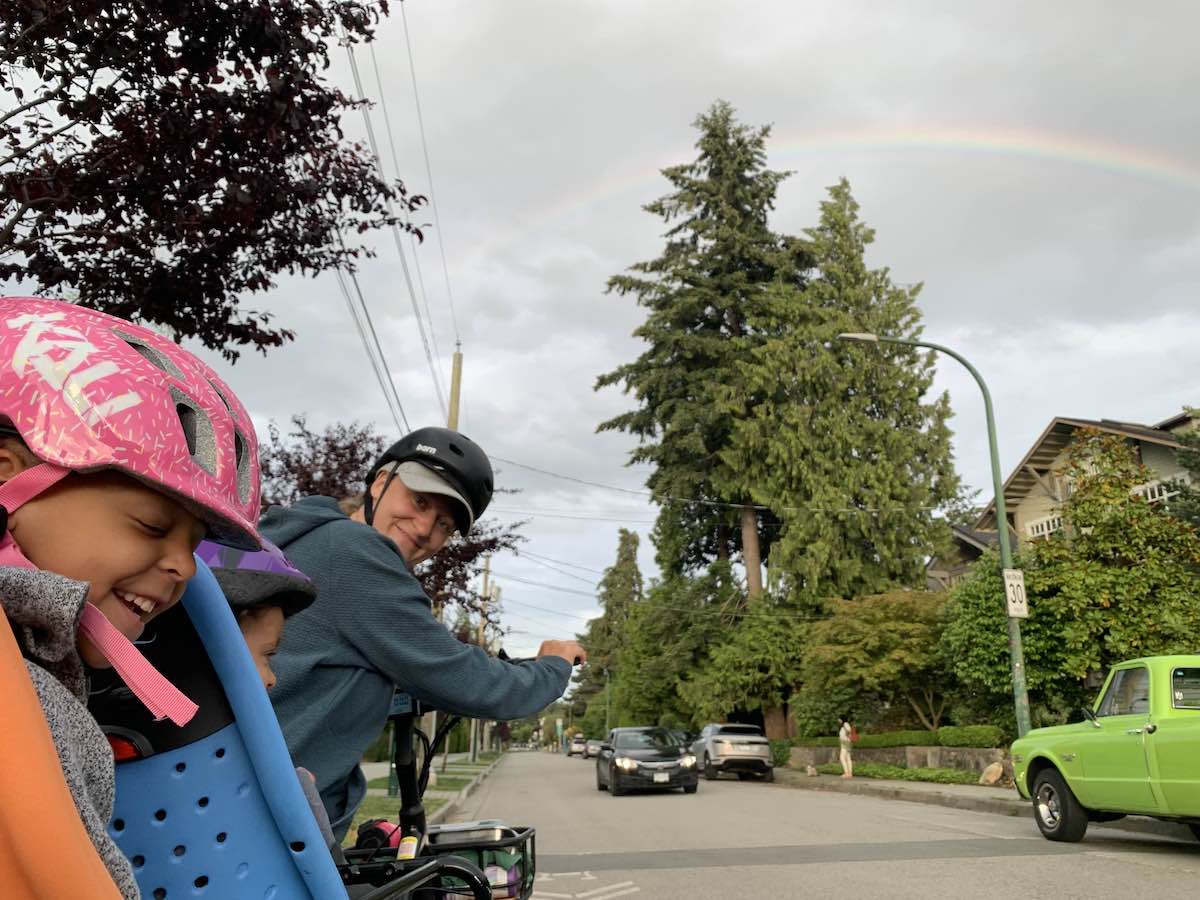
So long as your bike has a motor, obviously. I don’t have the quads to go without, and it’s true that I won’t get them from riding the cargo bike. People like to point out that e-bikes are much less exercise than regular bikes, and to that I say: That’s the point. It’s not much exercise, but that’s always been my favourite amount.
Admittedly, even with pedal assist multiplying your efforts by five, you’re still going to work up a sweat climbing Adanac after Commercial, Ontario up to Langara, or Second to Clark with two kids in tow.
But you won’t collapse out of exhaustion. That’s a win, as a parent, and one among many. The ride keeps the kids entertained like no drive ever could. There’s so much to see when you’re out on the bike path: massive murals, community gardens, stray cats and all manner of street-level teachable moments.
In addition to flattening hills and engaging my kids, the e-bike is easy to park, and significantly cheaper, especially if you have ADHD, as I do, and are bound to get dinged for a ticket about once a month, or else towed by the deputized car thieves at Busters about once a year for forgetting to pay.
New wheels for the next gen
This is nothing like how I grew up. Abbotsford wasn’t a cycling city. People drove everywhere, and for some reason, we absolutely hated cyclists. People still do, and it’s strange. In the valley, a car was essential. You couldn’t get anywhere otherwise. The bus was famously unreliable. It really only brought you to Sevenoaks Shopping Centre, and it didn’t even run on Sundays. The best way to get across town without driving was to let somebody take you to their church, and walk from there.
I’m an apostate now, although my belief in the electric bicycle is borderline religious. The city seems so much more accessible this way, and we feel much more connected to the community.
We’ve made friends on the bike path, as well as unscheduled pit stops at street parties, protests and pop-up events. The journey across town is joyful, instead of just stressful. The children fight less than they do in the car by a thousand per cent, by my estimates. The troublesome task of just leaving the house with two kids has become the best part of my day. We’re a happier, more active family this way.
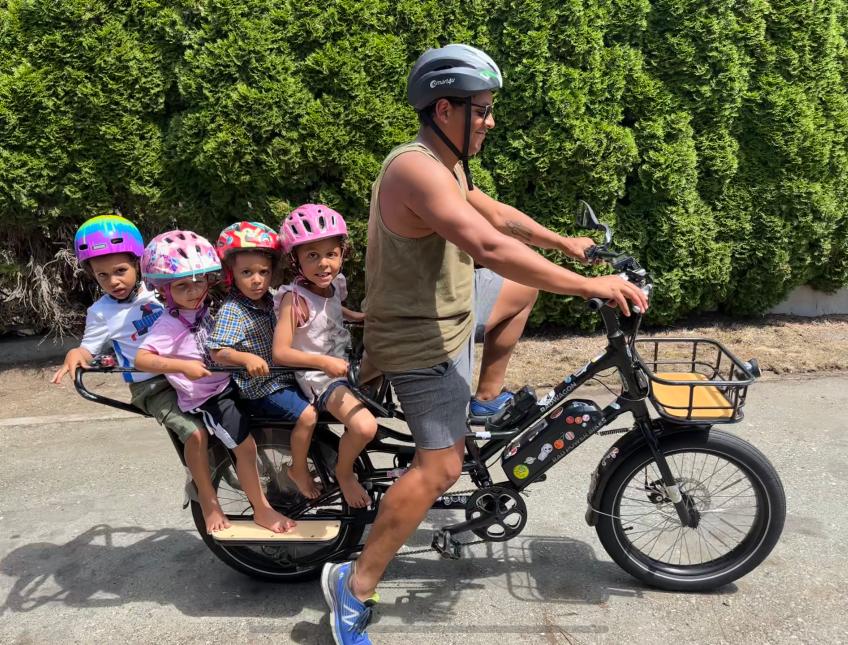
Other families agree. In September, we were one of just a few families dropping our kids off for school on the e-bike. This spring, I’m seeing cargo bikes everywhere. I’m no researcher, but I’d estimate that the number of family-sized e-bikes we see on the Seawall has spiked by a bunch.
Tyee readers want data, of course: well, the Guardian recently reported that e-bike sales between 2017 and 2022 rose by more than 1,000 per cent in Australia. Annual sales have been doubling for half a decade, as more and more people discover that this particular cost-cutting measure has the added benefit of making parenthood and city life significantly more enjoyable. Most budgetary decisions do the opposite.
What do you do when it rains, people ask. You get soaked. Not the kids, of course — the canopy attachment is a must. It not only keeps them dry during a downpour, but keeps them warm when it gets chilly. As for the rider, invest in some very warm, waterproof clothes.
Invest in the best lock that money can buy, while you’re at it, and don’t leave your bike outside overnight. Make it the living room couch, if you have to. I’ve tried to ward my e-bike off from potential thieves by giving my children the green light to cover the whole frame in cute stickers. I added a few of my own, naturally. My parking ticket money nowadays is sticker money, and any bike thief hoping to disappear completely will find these stickers as thoroughly impossible to completely remove from my bike as they are from the walls of my house.
You can’t bring up e-bikes without someone talking about the strange fires. Have there been a few strange fires? Yes, of course. But here is where a comparison with autos makes more sense for me: you’re still likelier to be involved in a car crash than to wake up to discover that your e-bike battery charger has torched the house.
Vancouver’s infrastructure isn’t perfect. In lieu of improving or further protecting the bike lanes, the best thing about this place, the city has peppered the streets with dividers that funnel all vehicles into the same lane — it seems a bit counterproductive, though I’ll admit it slows everyone down and confuses the driver and cyclist in roughly equal measure. Protected bike lanes are always safer, mind you, and a city that understands this would be nice.
But I really don’t mind sharing Vancouver streets, especially during the spring, when the trees go from barren to misty rose, then it rains cherry blossoms. For a few weeks this April, the whole bike map was paved with pink petals. It felt like this city was trying to seduce us, instead of just pricing us out. ![]()
Read more: Transportation, Environment, Urban Planning




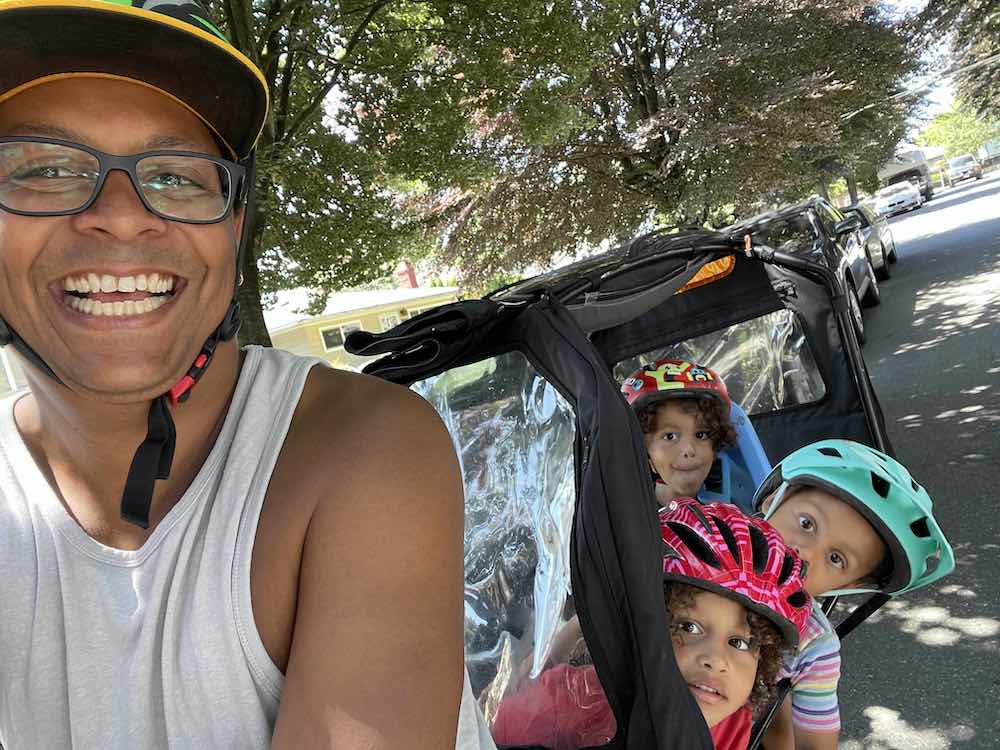


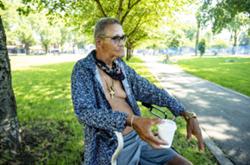
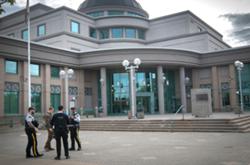

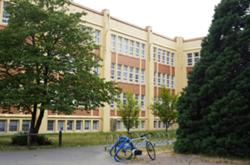


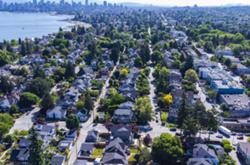


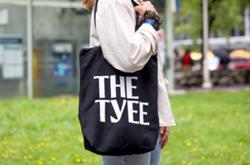
Tyee Commenting Guidelines
Comments that violate guidelines risk being deleted, and violations may result in a temporary or permanent user ban. Maintain the spirit of good conversation to stay in the discussion and be patient with moderators. Comments are reviewed regularly but not in real time.
Do:
Do not: